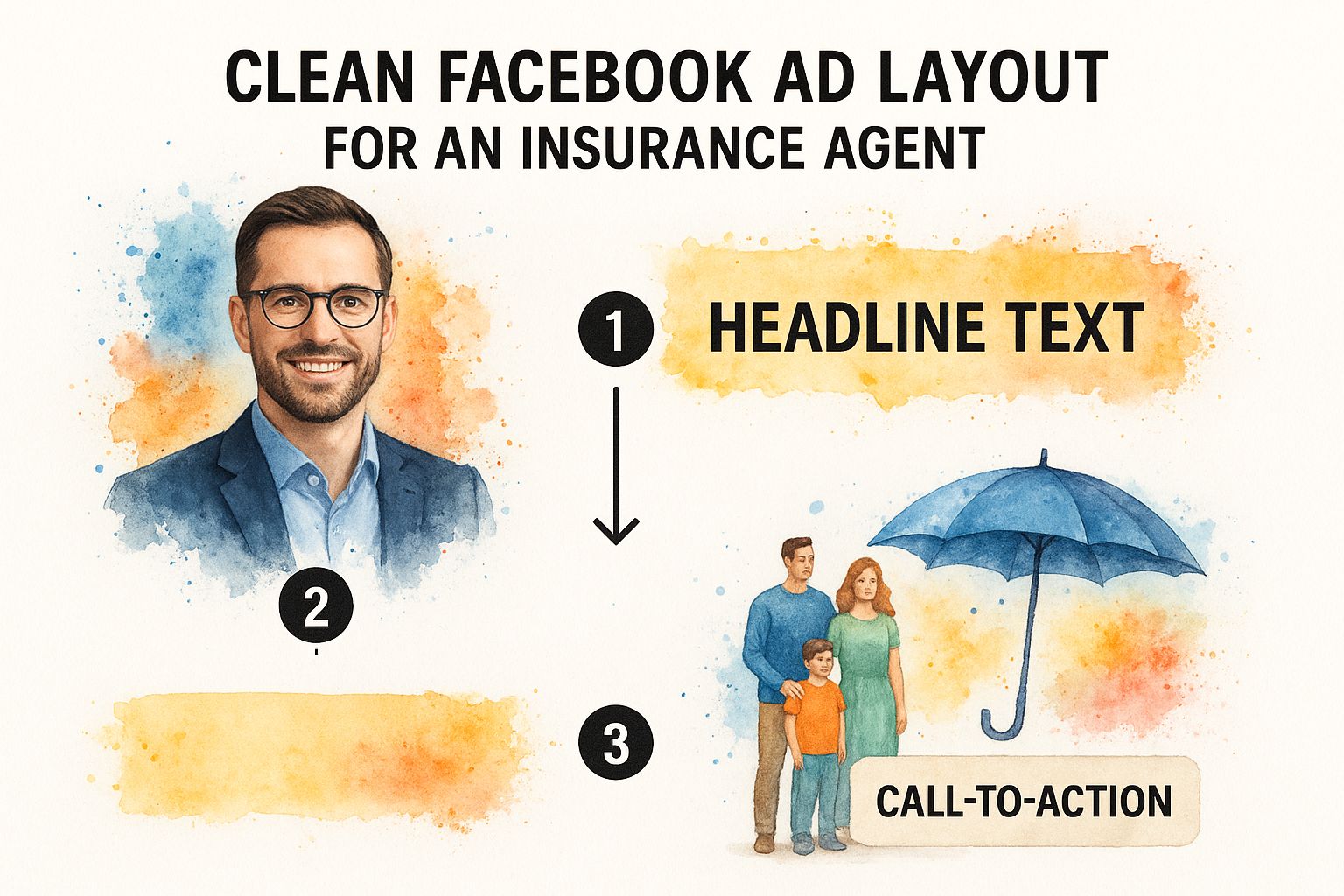Paid advertising tactics for insurance agents using Facebook Ads and Google Ads involve leveraging the unique strengths of each platform to maximize lead generation, brand awareness, and client engagement.
Facebook Ads for Insurance Agents:
- Targeting: Facebook allows precise demographic targeting based on age, location, income, interests, and life events (e.g., marriage, new home, childbirth), enabling agents to reach highly relevant audiences with personalized messages.
- Ad Formats: Effective formats include Instant Form Lead Ads (which capture leads directly on Facebook with minimal friction), video ads, and carousel ads showcasing multiple insurance products or benefits.
- Cost Efficiency: Facebook ads can start with low daily budgets (as little as $5), making them accessible for agents with varying budgets.
- Brand Awareness & Engagement: Facebook excels at building brand awareness and nurturing relationships over time through visually creative ads and retargeting strategies, such as lookalike audiences and local awareness ads with “Call Now” buttons.
- Compliance: Agents must navigate Facebook’s Special Ad Category rules for insurance to ensure ads meet platform policies.
Google Ads for Insurance Agents:
- Intent-Driven Leads: Google Ads capture users actively searching for insurance solutions, offering high-intent leads likely to convert immediately.
- Search & Display: Agents can use search ads targeting keywords related to insurance products and display ads for retargeting visitors who have engaged with their website.
- Performance Tracking: Google Ads integrates with tools like Google Analytics to monitor click-through rates, cost per conversion, and return on ad spend, enabling ongoing optimization.
- Higher Cost per Click: Typically, Google Ads have a higher CPC compared to Facebook but deliver more immediate conversions due to user intent.
Combined Strategy:
- Hybrid Approach: Many experts recommend combining Facebook Ads and Google Ads to cover both brand awareness and immediate lead capture. Use Facebook to nurture prospects and build trust, while Google Ads target users ready to purchase.
- Example: Google Ads bring in high-intent searchers, and Facebook Ads retarget those users with personalized offers or reminders, improving overall conversion rates and reducing cost per acquisition.
Additional Tactical Tips:
- Local Targeting: Geo-targeting on Facebook to reach users within close proximity to agents or offices improves relevance and response rates.
- Life Event Targeting: Tailoring ads to life milestones (e.g., first-time homebuyers, new parents) increases ad relevance and engagement.
- Lead Form Optimization: Keep lead capture forms short and simple to reduce friction and increase completion rates.
- Analytics & Optimization: Continuously monitor KPIs on both platforms and adjust targeting, creative, and budget allocation to maximize ROI.
By strategically using Facebook Ads for targeted, engaging outreach and Google Ads for capturing active searchers, insurance agents can effectively grow their client base and improve lead quality while managing advertising costs.
This approach is supported by multiple industry guides and expert analyses emphasizing the complementary nature of Facebook and Google advertising for insurance marketing.





